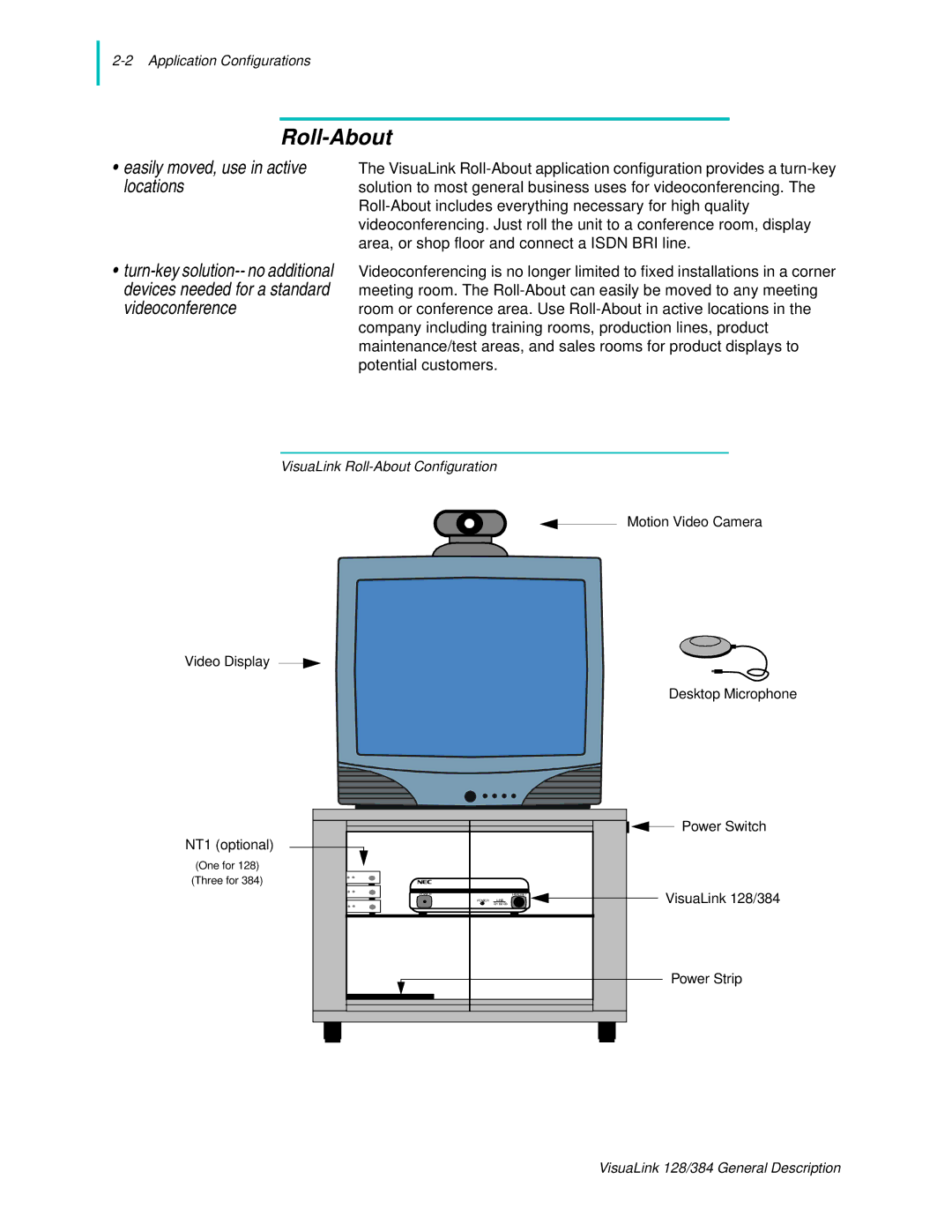128 specifications
The NEC 128 is a remarkable microprocessor that represents a significant leap in technological innovation during its time. Introduced in the early 1980s, this processor was designed to meet the demands of increasingly sophisticated computing tasks, primarily aimed at the burgeoning field of personal computing and embedded systems.One of the standout features of the NEC 128 is its 16-bit architecture, which was quite advanced for its era. This architecture allows for a greater data throughput, enabling the handling of larger data sets and providing improved performance over its predecessors. The NEC 128 operates on a clock speed that typically ranges from 4 to 8 MHz, making it capable of executing instructions efficiently and swiftly, which was crucial for running more complex applications.
The processor is built using CMOS technology, which offers significant advantages in terms of power consumption compared to earlier bipolar technology. This characteristic made the NEC 128 not only suitable for desktop computing but also an appealing choice for battery-operated devices, enhancing its versatility. The use of CMOS allowed for a reduced heat output, contributing to the reliability and longevity of devices powered by this microprocessor.
Another noteworthy aspect of the NEC 128 is its support for a variety of addressing modes. This flexibility enables programmers to write more efficient and compact code, optimizing the use of memory resources. By supporting both immediate and indirect addressing, the NEC 128 allows for more dynamic programming, which is essential for developing applications that require real-time processing.
The processor's architecture also includes a robust instruction set that facilitates arithmetic operations, logical operations, and control flow management. This comprehensive instruction set is instrumental for developers, as it provides the necessary tools for creating a wide range of applications, from simple utilities to more complex software systems.
In summary, the NEC 128 microprocessor is characterized by its 16-bit architecture, efficient CMOS technology, and a versatile instruction set, making it a compelling choice for its era. Its combination of performance, power efficiency, and flexibility positioned it as a formidable player in the personal computing market and laid the groundwork for future advancements in microprocessor technology. With its various applications and features, the NEC 128 remains a noteworthy chapter in the history of computing.

